 W
WLucas Ignacio Alamán y Escalada was a Mexican scientist, conservative politician, historian, and writer. He has been called the "arch-reactionary of the epoch...who sought to create a strong central government based on a close alliance of the army, the Church and the landed classes." Alamán was "undoubtedly the major political and intellectual figure of independent Mexico until his death in 1853...the guiding force of several administrations and an active promoter of economic development."
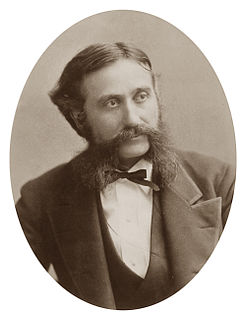 W
WHubert Howe Bancroft was an American historian and ethnologist who wrote, published and collected works concerning the western United States, Texas, California, Alaska, Mexico, Central America and British Columbia.
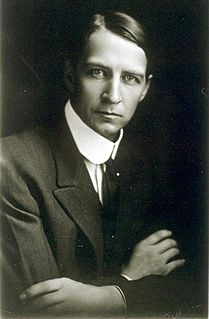 W
WHerbert Eugene Bolton was an American historian who pioneered the study of the Spanish-American borderlands and was a prominent authority on Spanish American history. He originated what became known as the Bolton Theory of the history of the Americas which holds that it is impossible to study the history of the United States in isolation from the histories of other American nations, and wrote or co-authored ninety-four works. A student of Frederick Jackson Turner, Bolton disagreed with his mentor's Frontier theory and argued that the history of the Americas is best understood by taking a holistic view and trying to understand the ways in which the different colonial and precolonial contexts have interacted to produce the modern United States. The height of his career was spent at the University of California, Berkeley where he served as chair of the history department for twenty-two years and is widely credited with making the renowned Bancroft Library the preeminent research center it is today.
 W
WDavid Anthony Brading Litt.D, FRHistS, FBA, is a British historian and Professor Emeritus of Mexican History at the University of Cambridge, where he is an Emeritus Fellow of Clare Hall and a Honorary Fellow of Pembroke College. His work has been recognized with several awards,including the Bolton Prize in 1972 the Order of the Aztec Eagle in 2002 from the Mexican government. and the Medal of Congress from the Peruvian government in 2011. Brading has received honorary degrees from several universities, including Universidad del Pacifico, Universidad de Lima and the Universidad Michoacana de San Nicolás de Hidalgo
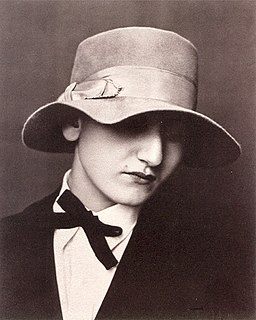 W
WAnita Brenner was a transnational Jewish scholar and intellectual, who wrote extensively in English about the art, culture, and history of Mexico. She was born in Mexico, raised and educated in the U.S., and returned to Mexico in the 1920s following the Mexican Revolution. She coined the term 'Mexican Renaissance', "to describe the cultural florescence [that] emerged from the revolution." As a child of immigrants, Brenner's heritage caused her to experience both antisemitism and acceptance. Fleeing discrimination in Texas, she found mentors and colleagues among the European Jewish diaspora living in both Mexico and New York, but Mexico, not the US or Europe, held her loyalty and enduring interest. She was part of the post-Revolutionary art movement known for its indigenista ideology.
 W
WCarlos María de Bustamante Merecilla was a Mexican statesman, historian, journalist and a supporter of Mexican independence. His historical "work early initiated an important Mexican national tradition of searching out and publishing basic materials on the Indian past and its fate in the colonial period." His writings in the 1820s shifted "the antiquarian bias of creole patriotism...into the ideology of a national liberation movement."
 W
WJoaquín García Icazbalceta was a Mexican philologist and historian. He edited writings by Mexican writers who preceded him, wrote a biography of Juan de Zumárraga, and translated William H. Prescott's Conquest of Mexico. His works on Colonial Mexico continue to be cited today.
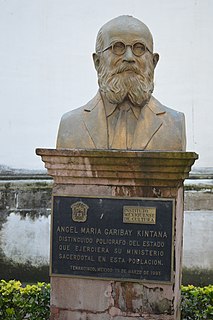 W
WFray Ángel María Garibay Kintana was a Mexican Roman Catholic priest, philologist, linguist, historian, and scholar of pre-Columbian Mesoamerican cultures, specifically of the Nahua peoples of the central Mexican highlands. He is particularly noted for his studies and translations of conquest-era primary source documents written in Classical Nahuatl, the lingua franca of Postclassic central Mexico and the then-dominant Aztec empire. Alongside his former student Miguel León-Portilla, Garibay ranks as one of the pre-eminent Mexican authorities on the Nahuatl language and its literary heritage, and as one who has made a significant contribution towards the promotion and preservation of the indigenous cultures and languages of Mexico.
 W
WThe following is an alphabetical Mexico-related index of topics related to the United Mexican States.
 W
WAlan Knight is a professor and researcher of Latin American history and former professor at the University of Oxford in England. His work has been recognized with several awards, including the Order of the Aztec Eagle from the Mexican government.
 W
WEnrique Krauze Kleinbort is a Mexican public intellectual, historian, essayist, critic, producer, and publisher. He has written numerous books about the Mexican Revolution and leading figures in Mexican history, as well as economic analysis of the nation's history.
 W
WRicardo Lancaster-Jones y Verea, MA BE KHS was a Mexican historian, diplomat, scholar, professor, art collector and sugarcane entrepreneur who made significant contributions toward the study of the haciendas of the State of Jalisco (Mexico) in the twentieth century. He spoke Spanish, English, French, Italian and Latin fluently. He authored and published numerous articles for newspapers and specialized magazines in Mexico, South America, Spain, United Kingdom and United States. His enthusiasm for history led him to become a professor of Regional History at the Faculty of Philosophy and Letters of Universidad Autónoma de Guadalajara in 1965. Later on, in 1973, he earned his MA degree in Latin American Studies at the University of New Mexico. He is especially mentioned by Mexican academics Mauricio Beuchot (2001) and José María Murià (2003) as an early historian of the haciendas in Western Mexico.
 W
WMiguel León-Portilla was a Mexican anthropologist and historian.
 W
WWilliam Michael Mathes was an American historian and academic who focused on the histories of Mexico and Spain. Mathes was a leading expert on the history of Baja California. His articles can be found in the Journal of San Diego History and other publications.
 W
WJosé María Luis Mora Lamadrid was a priest, lawyer, historian, politician and liberal ideologue. Considered one of the first supporters of liberalism in Mexico, he fought for the separation of church and state. Mora has been deemed "the most significant liberal spokesman for his generation [and] his thought epitomizes the structure and the predominant orientation of Mexican liberalism."
 W
WVicente Riva Palacio y Guerrero was a liberal politician, novelist, journalist, intellectual, and military leader.
 W
WRalph Edmund LeClercq Roeder was an American author. He wrote the first major work in English on Mexican President, Benito Juárez.
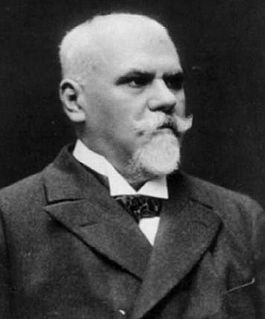 W
WJusto Sierra Méndez, was a prominent liberal Mexican writer, historian, journalist, poet and political figure during the Porfiriato, in the second half of the nineteenth century and early twentieth century. He was a leading voice of the Científicos, "the scientists" who were the intellectual leaders during the regime of Porfirio Díaz.
 W
WDon Carlos de Sigüenza y Góngora was one of the first great intellectuals born in the New World - Spanish viceroyalty of New Spain. He was a criollo patriot, exalting New Spain over Old. A polymath and writer, he held many colonial government and academic positions.
 W
WFrank Tannenbaum was an Austrian-American historian, sociologist and criminologist, who made significant contributions to modern Mexican history during his career at Columbia University.
 W
WHenry Raup Wagner was an American book collector, bibliographer, cartographer, historian, and business executive. He was the author of over 170 publications, including books and scholarly essays, mainly about the histories of the American frontier and the Spanish exploration and colonization of Mexico. He also assembled tens of thousands of books and manuscripts and formed several collections from them.